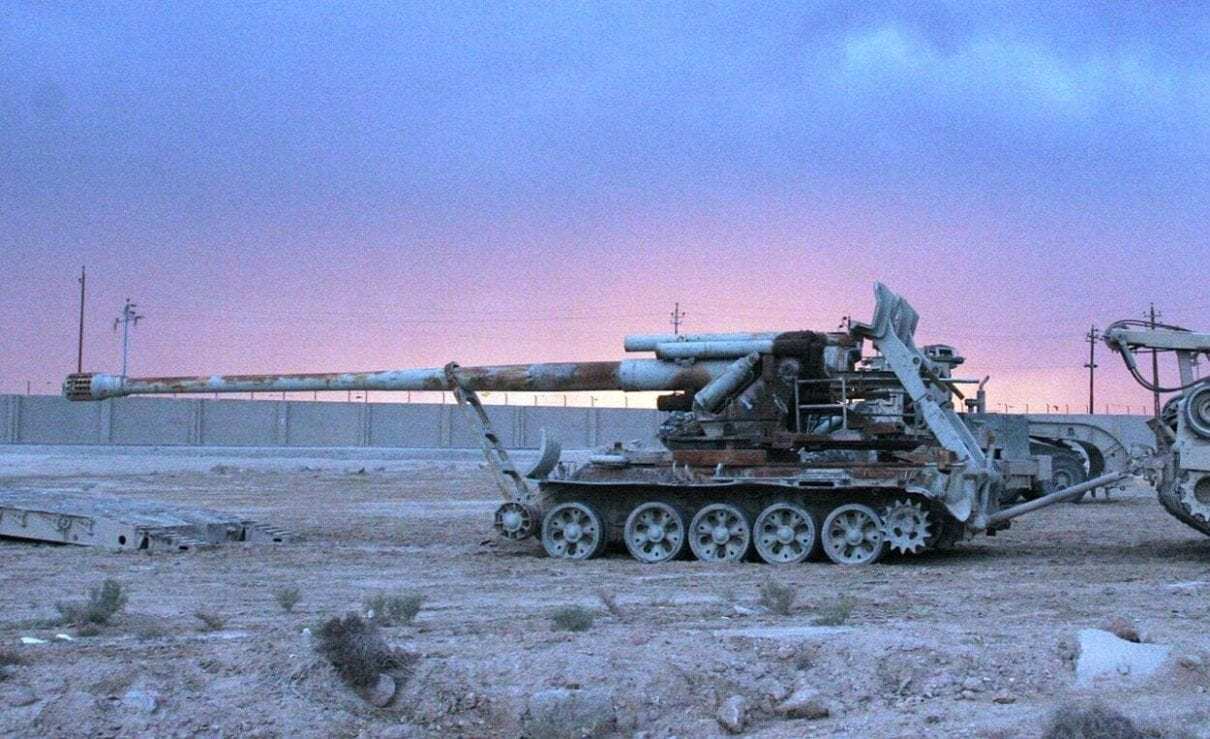Over at RAND, researchers have published a new report on North Korea‘s conventional artillery that, while it doesn’t have the sex appeal of Pyongyang’s nuclear weapons and long-range missile programs, should draw some serious readership within the Korean Studies community here in Washington, Seoul and around the world.
The media, and rightly so, will, of course, pick up on the more clicky and newsworthy sections of the report, specifically that “the Democratic People’s Republic of Korea (DPRK) shelling could kill
many thousands in just an hour, with little warning, it would be difficult for the Republic of Korea (ROK) and the United States, once the bombardment had begun, to halt it, or otherwise protect the ROK population, before it could do very serious harm.”
Even more interesting:
“North Korea has multiple options to strike the South with its conventional artillery, which can fire shells that travel from 20 kilometers to 150 kilometers and can reach ROK population centers—from small to large—along the entire width of the Korean Peninsula. If the DPRK conducts a limited artillery strike, with either relatively small numbers of shells over short periods of time or larger amounts over longer and sustained periods, the potential amount of death and destruction caused to ROK civilians and the ROK economy would be significant.”
Furthermore, here is another key section that was interesting, explaining the obvious, but under-appreciated fact, that North Korea could turn its artillery in weapons of mass destruction: “North Korea has thousands of tons of chemical agent, much of it weaponized for use with artillery. North Korea could have up to 100 nuclear devices—and may have the ability to build uranium weapons small enough to employ with its rocket artillery. These weapons of mass destruction pose a significant threat to the South Koreans and to all Americans on the Korean Peninsula.”
These weapons platforms are of particular interest to me as even before North Korea became a de facto nuclear weapons state back in 2006, these artillery and rocket platforms deterred U.S. military action in the early 1990s during the Clinton Administration. As one then Clinton National Security Council member explained to me a few years back, the U.S. “[H]ad very potent military options on the table, but alas, we never attacked North Korea’s nuclear complex for the simple reason that we knew Seoul would get slammed with artillery strikes that would kill a lot of people and create mass panic. That was something we could not risk.”
I know what I will be reading on this cloudy Saturday. Highly recommended.

